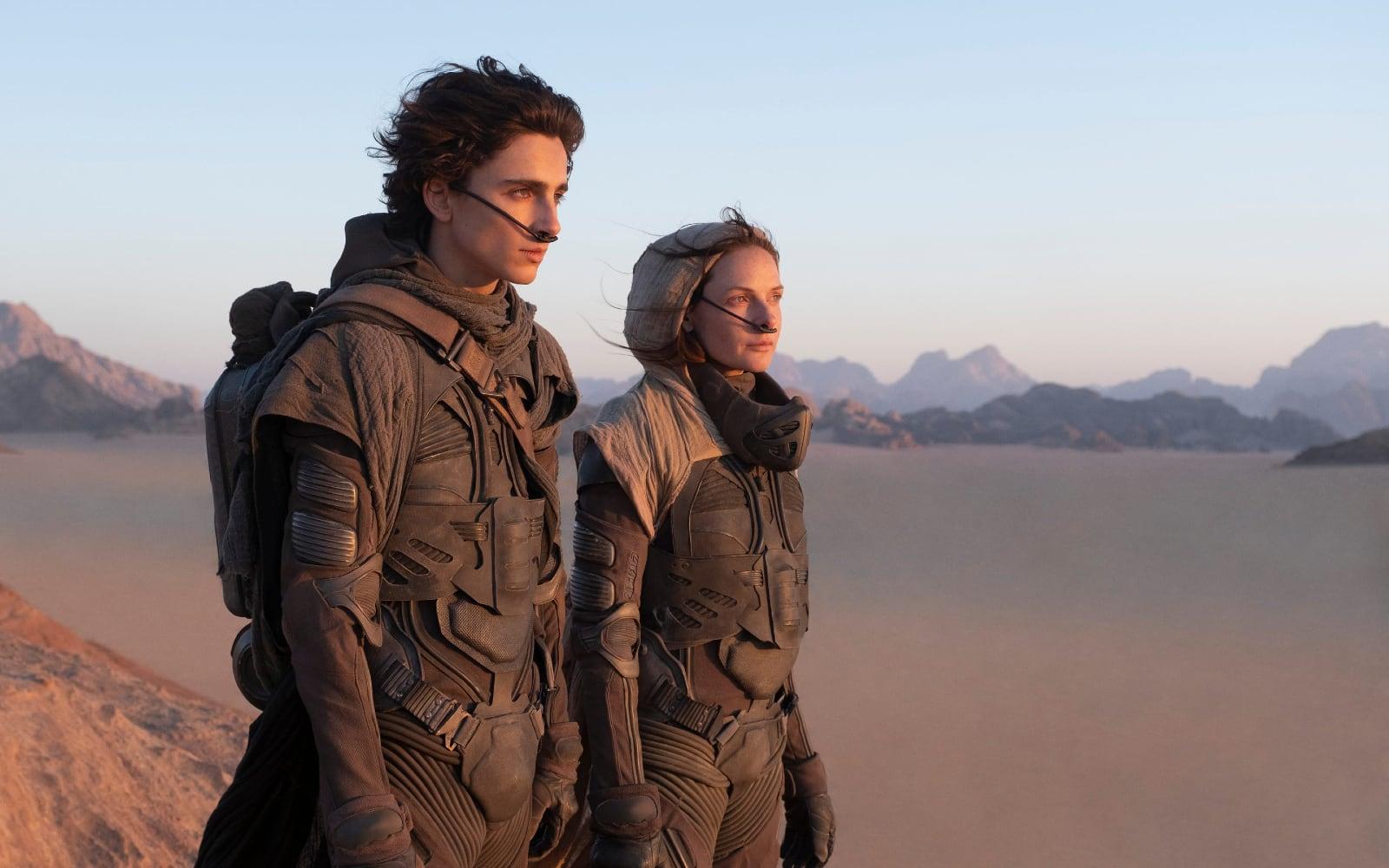Sifting Through Dune’s Visuals

I saw Dune for the second time earlier this week, and it did not disappoint. Everything that I loved about the film in my first viewing — the production design, Hans Zimmer’s score, and of course, the stunning visuals and cinematography — I loved even more the second time around. (My only complaint with Dune is that if we’re getting trippy visions and portentous dialog about messiahs and holy wars, then I’d like to see a Guild Navigator folding space at least once.)
Speaking of the film’s visuals, the following videos offer some insights into what makes them so distinctive and evocative.

First up is a reaction video from longtime Opus favorites, the visual effects artists at Corridor Crew. They compare and contrast the visuals in Denis Villeneuve’s Dune with David Lynch’s 1984 adaptation. And while it seems like there’d be no comparison, they do find a few things to laud in Lynch’s film. As for Villeneuve’s film, the boys on the couch point out that visual effects like the characters’ personal forcefields aren’t necessarily difficult to make. But they look so good because they’re made with great attention to detail and enhanced by exceptional art direction.

Next, Thomas Flight compares the visuals of Dune with other effects-heavy films, and especially superhero movies like Black Widow and Zack Snyder’s Justice League. He notes that Villeneuve deliberately opted for a more grounded approach with Dune. This decision affected everything from the film’s naturalistic lighting and the manner in which sand and dust effects were created to the constraints put on virtual cameras and how certain scenes were framed. (Note: I had never heard of sandscreens until I watched Flight’s video.)

And finally, Denis Villeneuve himself breaks down one of the film’s most important scenes, where Paul Atreides is tested by the Bene Gesserit Reverend Mother. Villeneuve explains the various decisions that went into the scene, including the significance of the library setting, the depiction of the Bene Gesserit powers, the design of the costumes and props, and even his instructions to the actors. Watching this, it’s obvious that Dune was a labor of love for Villeneuve, and that really shines through in the movie. And it makes me all the more eager for part two (and even part three).